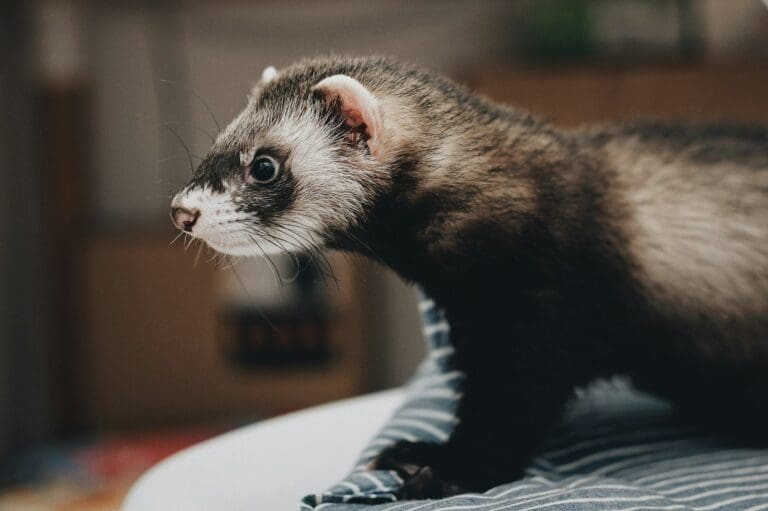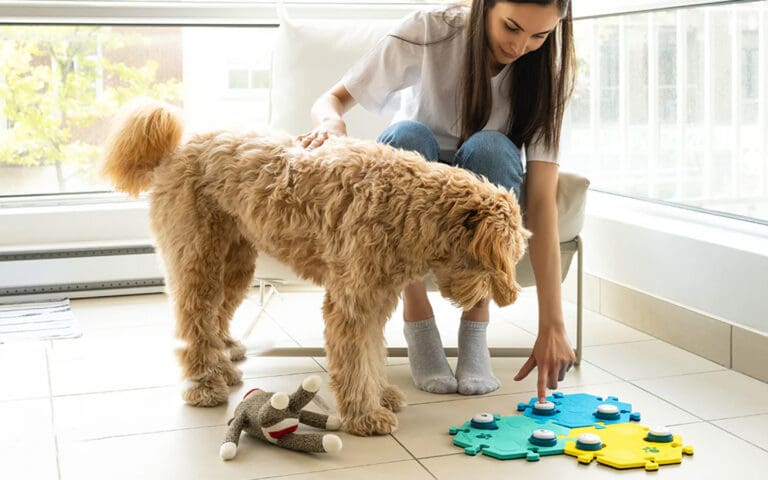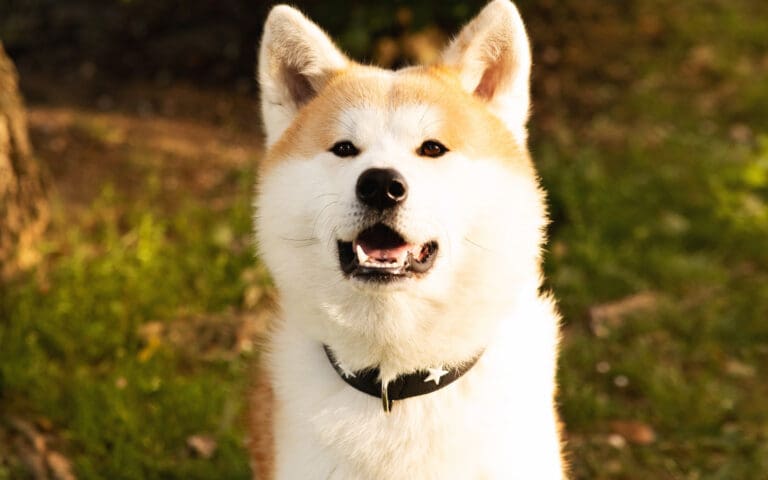Bearded dragons (pogona vitticeps) have long captivated reptile enthusiasts with their endearing personalities and unique appearances. These small to medium-sized lizards are not only visually striking but also relatively easy to care for, making them an excellent choice for both beginner and experienced reptile keepers.
In this comprehensive guide, we’ll dive into the world of bearded dragons, exploring how to choose one, their temperament and behavior, housing requirements, feeding habits, common health concerns, and frequently asked questions to help you decide if a bearded dragon is the right pet for you.
How to Choose a Bearded Dragon
Selecting the right bearded dragon is a critical first step in your reptile-keeping journey.
1. Captive-Bred: Obtain your bearded dragon from a reputable breeder or pet store. Captive-bred dragons are generally healthier and better suited to captivity than their wild-caught counterparts.
2. Active and Alert: Choose a dragon that is active and alert, with bright, clear eyes. Lethargic or overly agitated dragons may indicate health issues.
3. Clear Skin: Inspect the dragon’s skin for any signs of injury, parasites, or shedding problems. A healthy dragon should have smooth, intact scales.
4. Healthy Appetite: Ask about the dragon’s feeding history. A healthy dragon should have a good appetite and readily accept food.
Bearded Dragon Temperament and Behavior
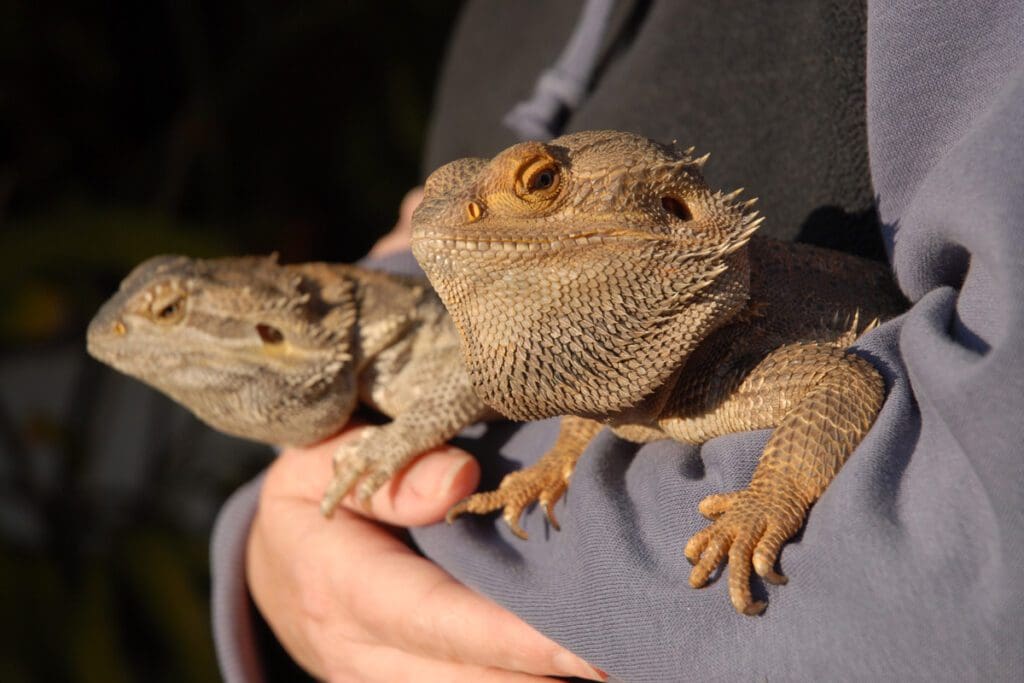
Understanding bearded dragon behavior is important for their health and happiness. Here’s what you need to know and look for.
1. Docile Nature: Bearded dragons are known for their calm and docile personality, making them excellent reptile pets. They are generally comfortable with handling when properly acclimated.
2. Basking Behavior: These lizards require basking to regulate their body temperature. Providing a basking spot with appropriate UVB light is important for their overall health.
3. Beard Display: Bearded dragons can exhibit a unique behavior known as “bearding.” When scared or threatened, they puff out their throat, creating a beard-like display. This is a natural response but should be minimized through proper care and handling.
Housing a Bearded Dragon
Creating a comfortable habitat is crucial for your bearded dragon’s well-being. Here’s what you need to know about choosing a tank, selecting a substrate, temperature, light, and creating hiding spots.
1. Enclosure Size: Opt for a spacious enclosure with ample room for your dragon to move and explore. A 40-gallon terrarium is suitable for juveniles, while adults require larger enclosures.
2. Substrate: Use a safe substrate like reptile carpet, paper towels, or ceramic tiles to line the enclosure floor. Avoid loose substrates like sand to prevent impaction.
3. Temperature: Your tank should include either a ceramic heater, reptile basking light, or lightbulb that emits heat to keep your lizard warm. An under-tank heater or heat lamp is a good choice for creating a basking spot with a temperature of around 100-105°F (37-40°C). Your tank should also have a “cool zone” with a temperature in the mid-80s°F (29-30°C) during the day around 75°F at night.
4. Lighting: Bearded dragons require full-spectrum lighting that emits all the UV ranges (both UVA and UVB light) for 12-14 hours each day to remain healthy. A basking light provides heat, while a UVB light mimics the sun and supports their calcium metabolism. Both are crucial for their health and happiness.
5. Humidity: You will need a humidity gauge, as dragons require a low humidity level between 30-40%. Make sure your enclosure has a screen to promote airflow and prevent humidity from getting too high.
6. Hide Spots: Be sure to create hiding spots at both the cool and warm ends of the enclosure to help your lizard feel secure. Create an environment that is stimulating and natural for your bearded dragon to explore which includes branches, rocks, a reptile hammock, and other decor.
If you use any natural rocks or branches you take from the wild, make sure to boil them in water first to remove any potential bacteria or parasites.
Feeding a Bearded Dragon
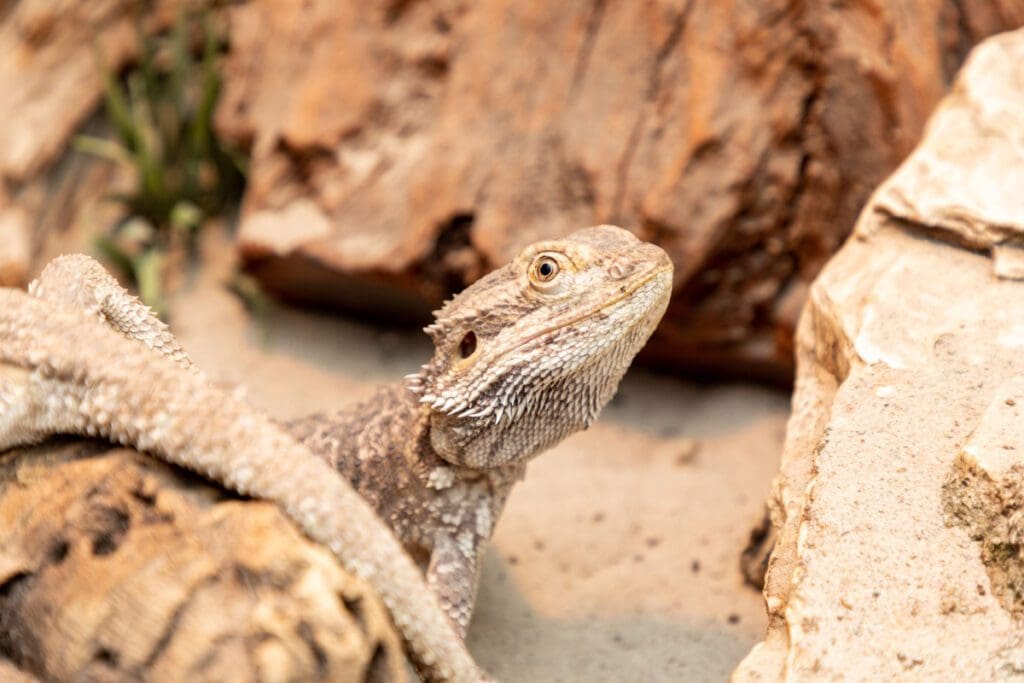
Bearded dragons are omnivorous and require a balanced diet. Here are three things a they require in their diets.
1. Insects: Young dragons thrive on a diet of live insects like crickets and dubia roaches. As they grow, introduce a variety of insects, such as mealworms and super worms.
2. Greens and Vegetables: Leafy greens and vegetables, such as collard greens, mustard greens, and squash, should comprise a significant portion of their diet.
3. Supplements: Dust insects with calcium and vitamin D3 to ensure proper nutrition.
4. Water: Provide water for your bearded dragon in a shallow dish, especially with baby and youngsters to prevent drowning accidents. For a larger dragon that enjoys soaking in the water, you can use a larger dish it can climb into but keep it shallow.
Bearded Dragon Health Problems
While bearded dragons are hardy reptiles, they can experience health issues. Here are four of the most common illnesses suffered by bearded dragons that you need to watch for and take preventative measures.
1. Metabolic Bone Disease (MBD): MBD is a common concern if dragons do not receive enough UVB light and calcium supplementation. Symptoms include weak bones, trouble moving, and deformities.
2. Parasites: Internal and external parasites can affect bearded dragons. Regular veterinary check-ups and fecal exams can help detect and treat parasites early.
3. Respiratory Infections: Improper temperature and humidity levels can lead to respiratory infections. Signs include labored breathing, nasal discharge, and lethargy.
4. Egg-Binding (Females): Female dragons may experience egg-binding, a condition where they are unable to lay their eggs. Prompt veterinary care is important in such cases.
Bearded Dragon Frequently Asked Questions
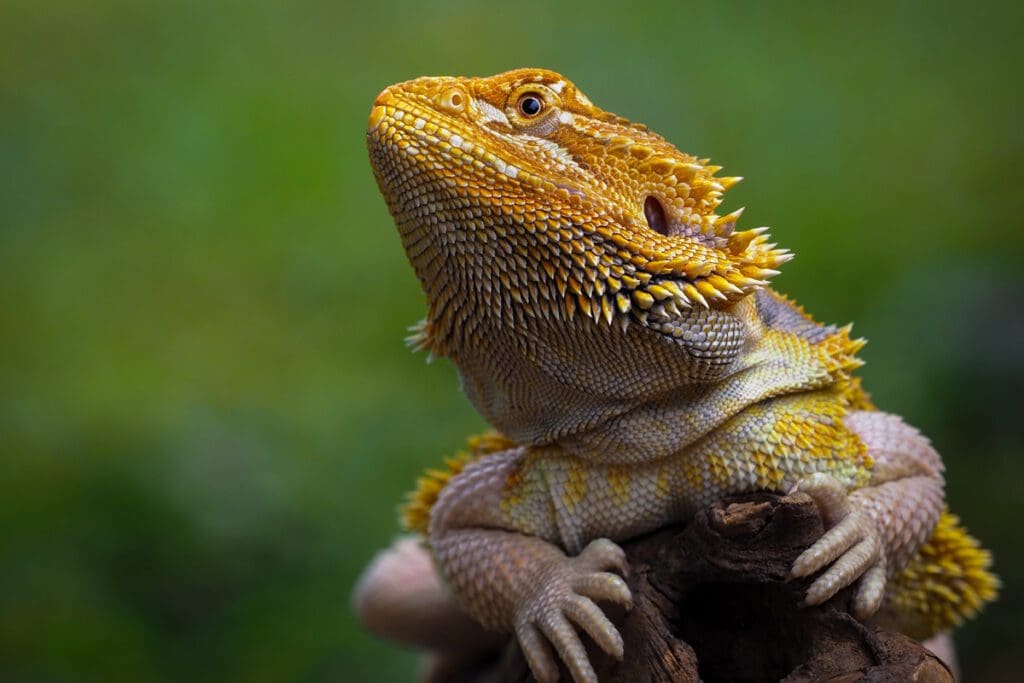
Here are six of the most frequently asked questions about owning and caring for bearded dragons.
How big do bearded dragons get?
These lizards can grow to be 16 to 24 inches long, including their tail. The size can vary based on factors like age, diet, and genetics.
How long do bearded dragons live?
With proper care, they can have a lifespan of 6 to 15 years. Some may even live longer in exceptional cases.
Do bearded dragons bite?
These lizards are generally docile and rarely bite. Biting is usually a response to feeling threatened or stressed. Proper handling can minimize the risk of bites.
How to determine if a bearded dragon is male or female?
You can often distinguish males from females by looking at their pores. Males have larger femoral pores on the underside of their thighs. Additionally, males may have slightly larger heads and more prominent spikes on their backs.
Why won’t my bearded dragon eat?
Loss of appetite can result from stress, illness, improper temperature, or diet issues. Ensure the enclosure conditions are optimal and offer a varied diet of insects and vegetables.
How to bathe a bearded dragon?
Fill a shallow container with lukewarm water, about ankle-deep. Gently place your dragon in the water, allowing it to soak for 10-15 minutes. This aids in hydration and shedding. Always supervise during bath time.
Final Thoughts
Bearded Dragons are captivating reptile pets known for their friendly demeanor and manageable care requirements. By choosing a healthy dragon, providing suitable housing, offering a balanced diet, and monitoring their well-being, you can enjoy the companionship of these fascinating lizards for many years.


